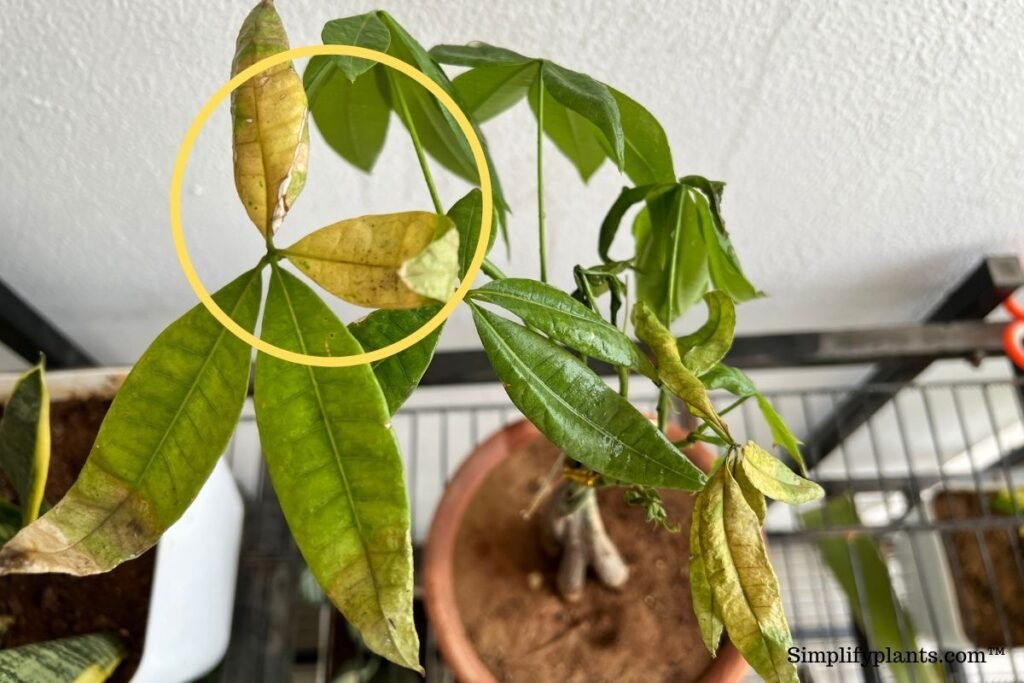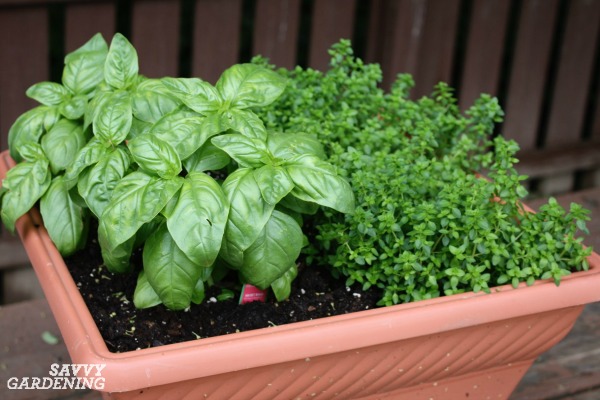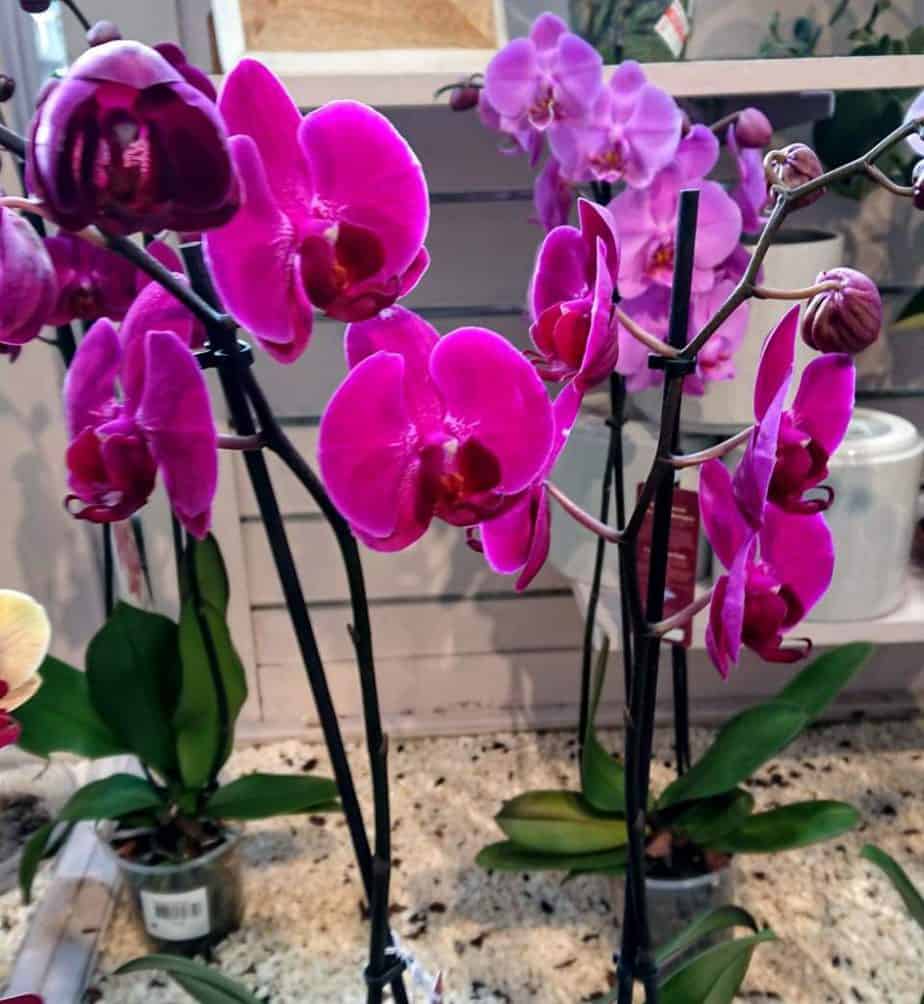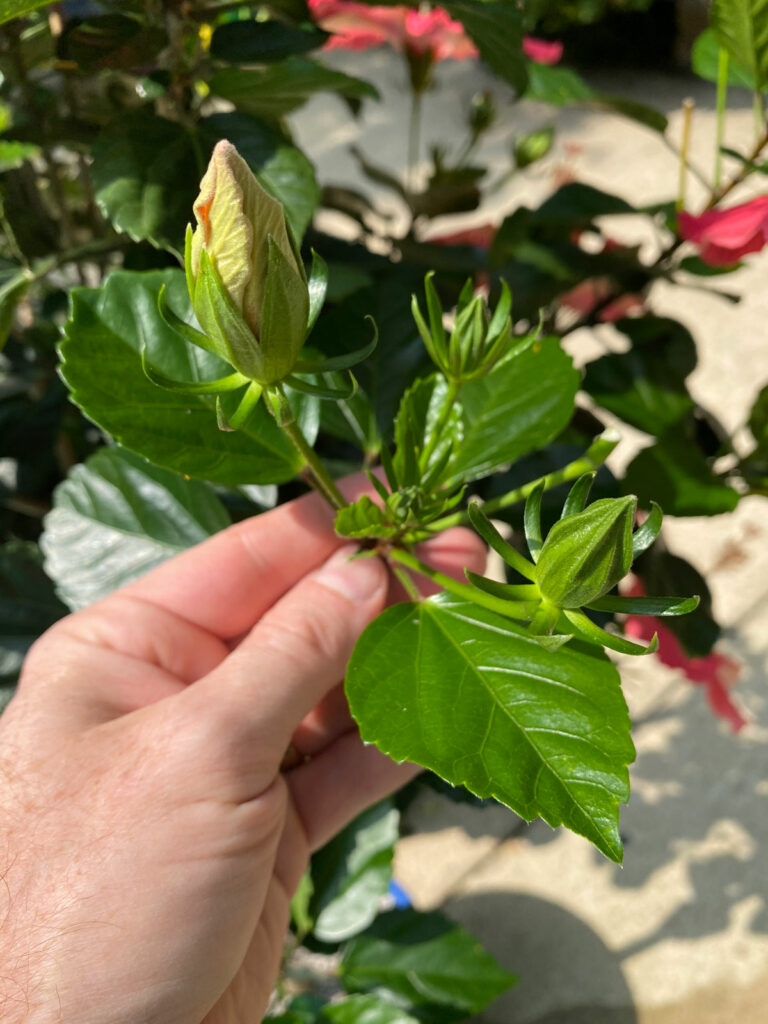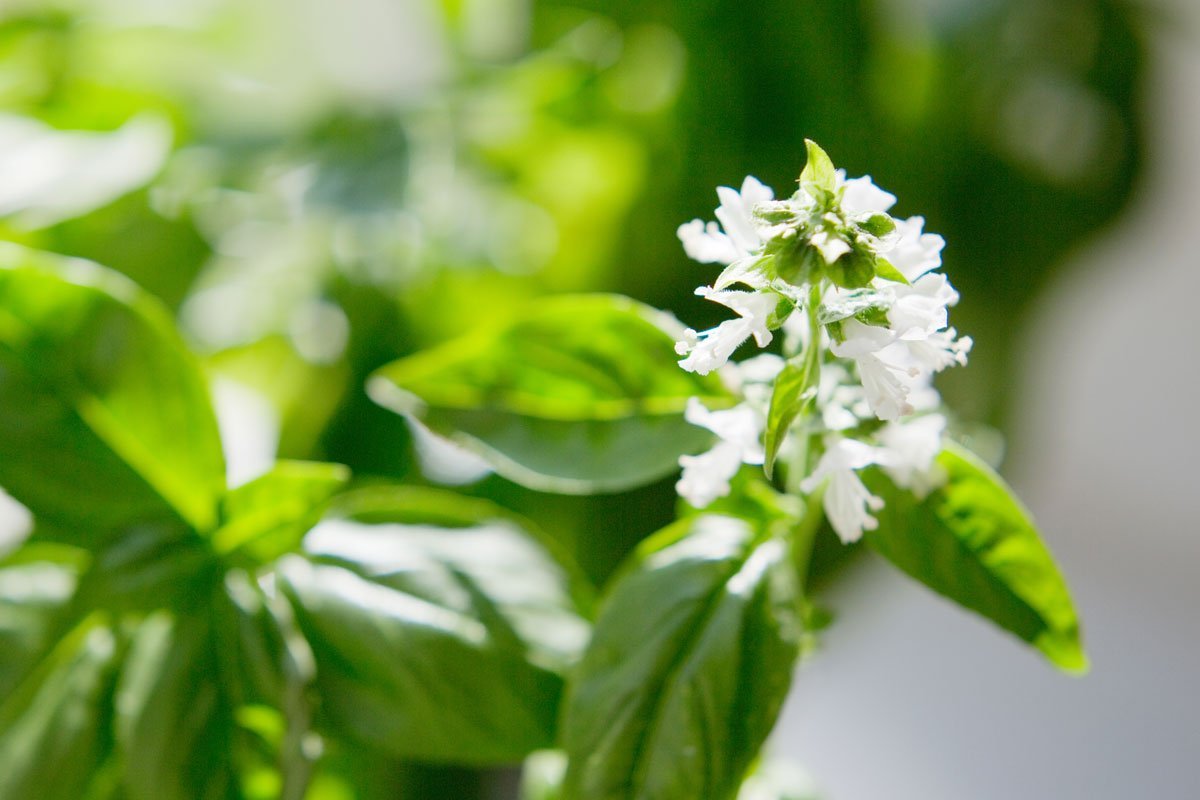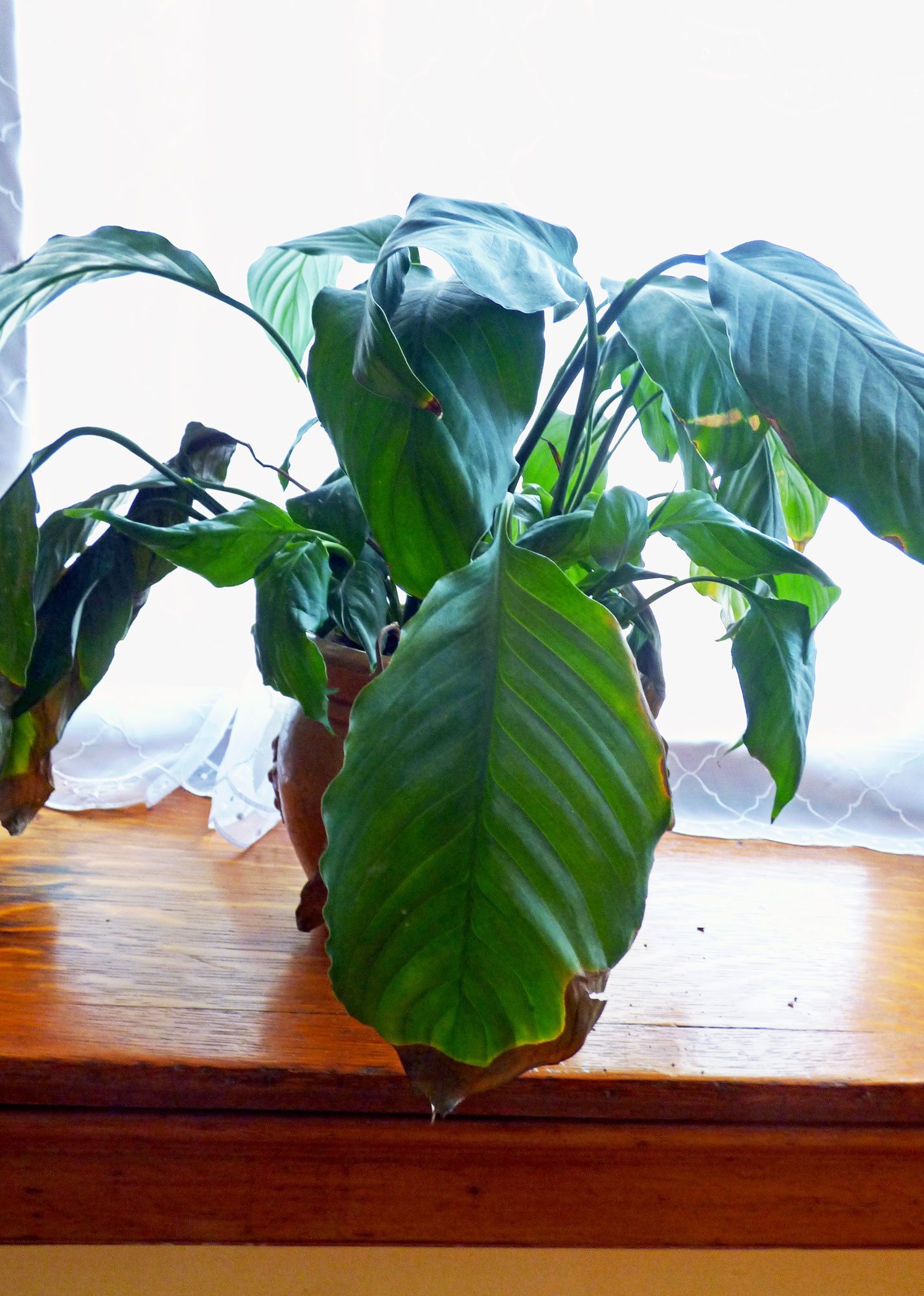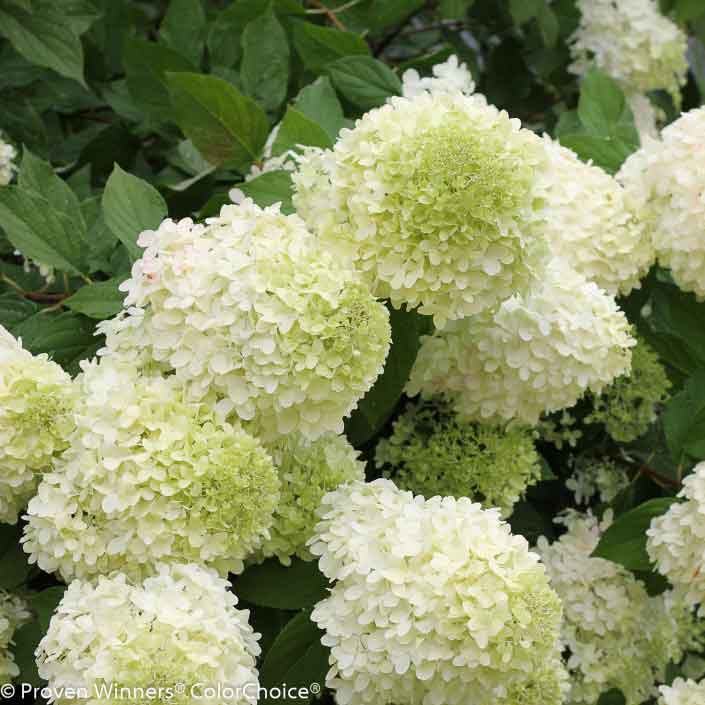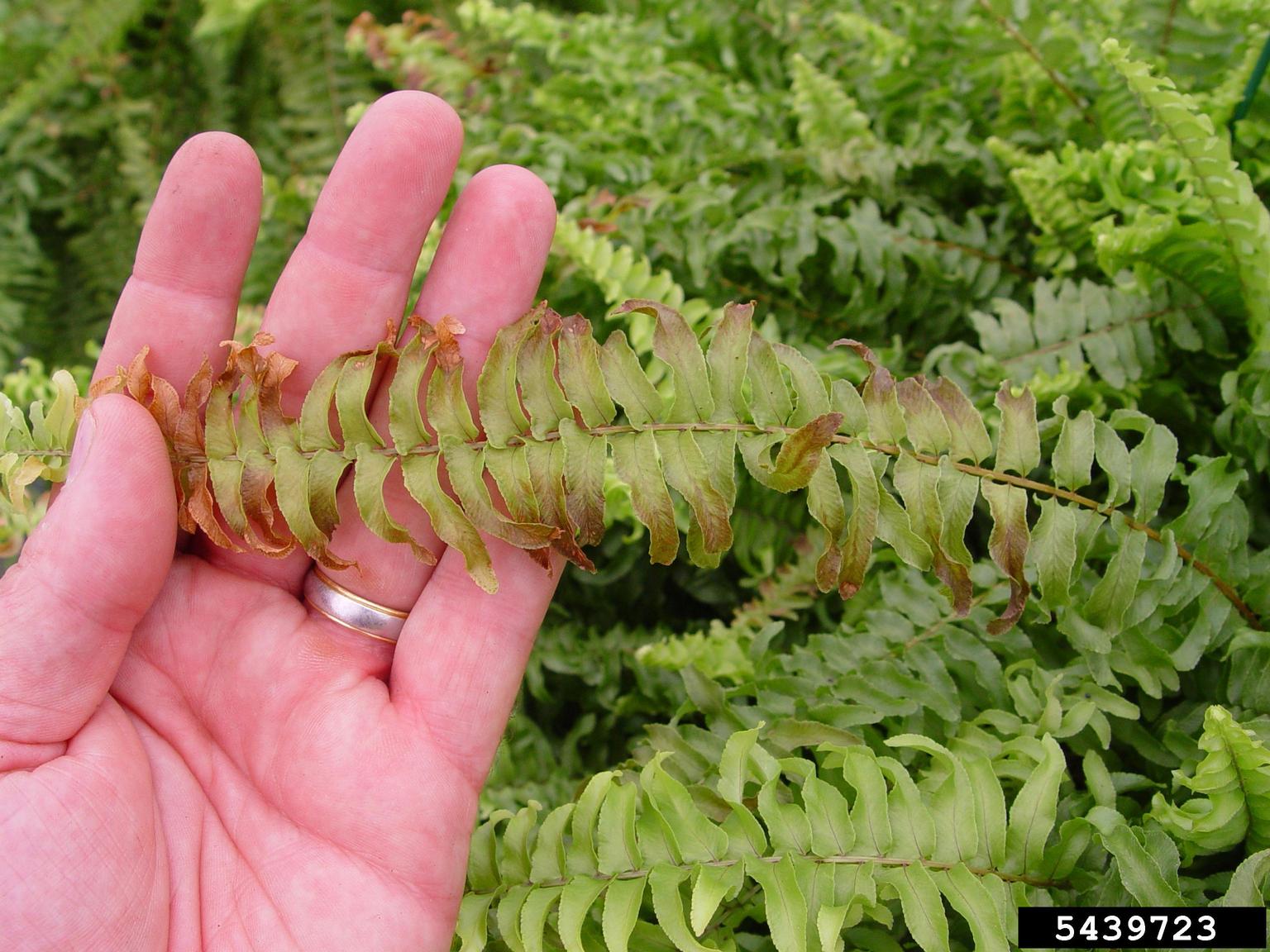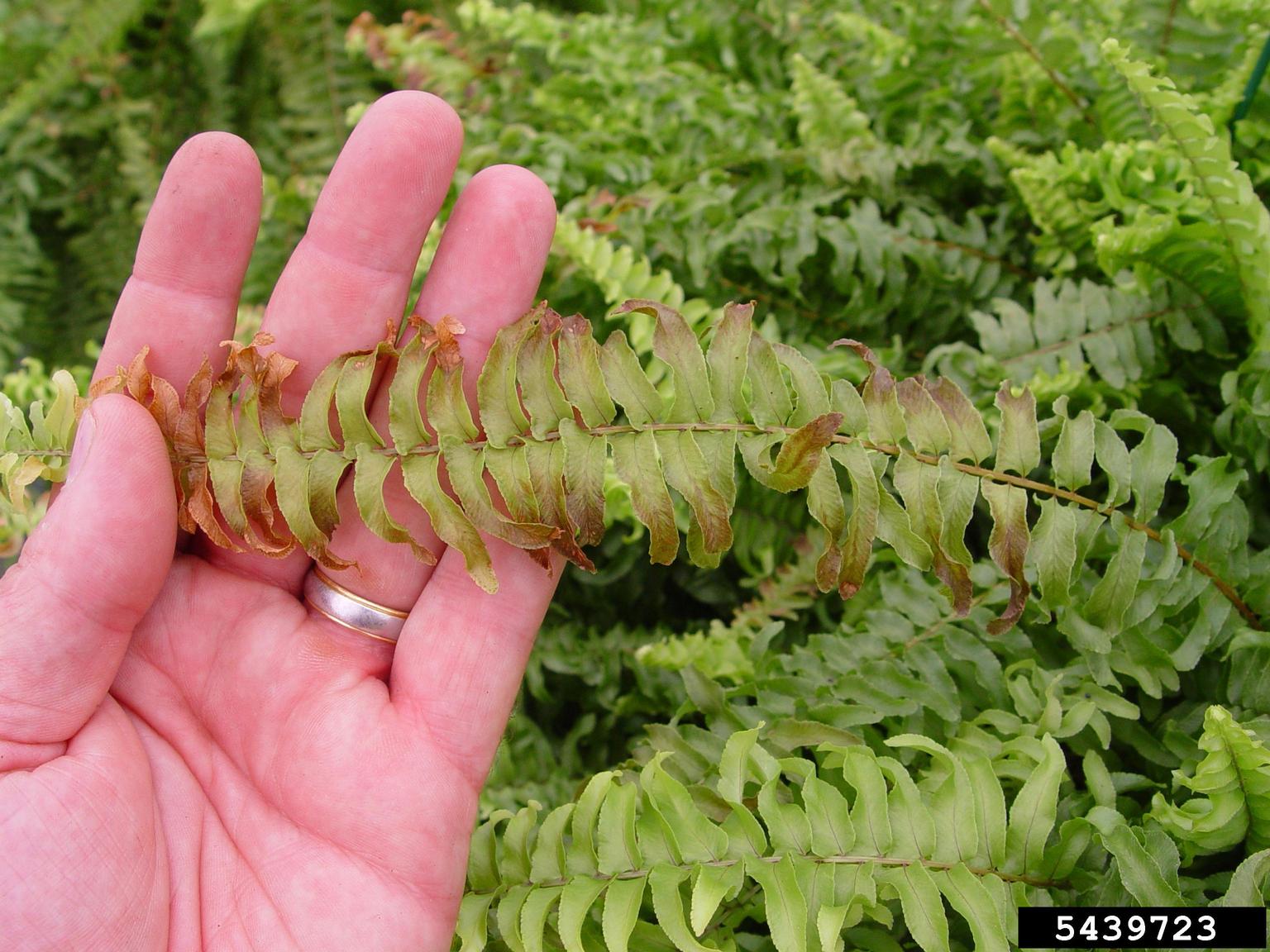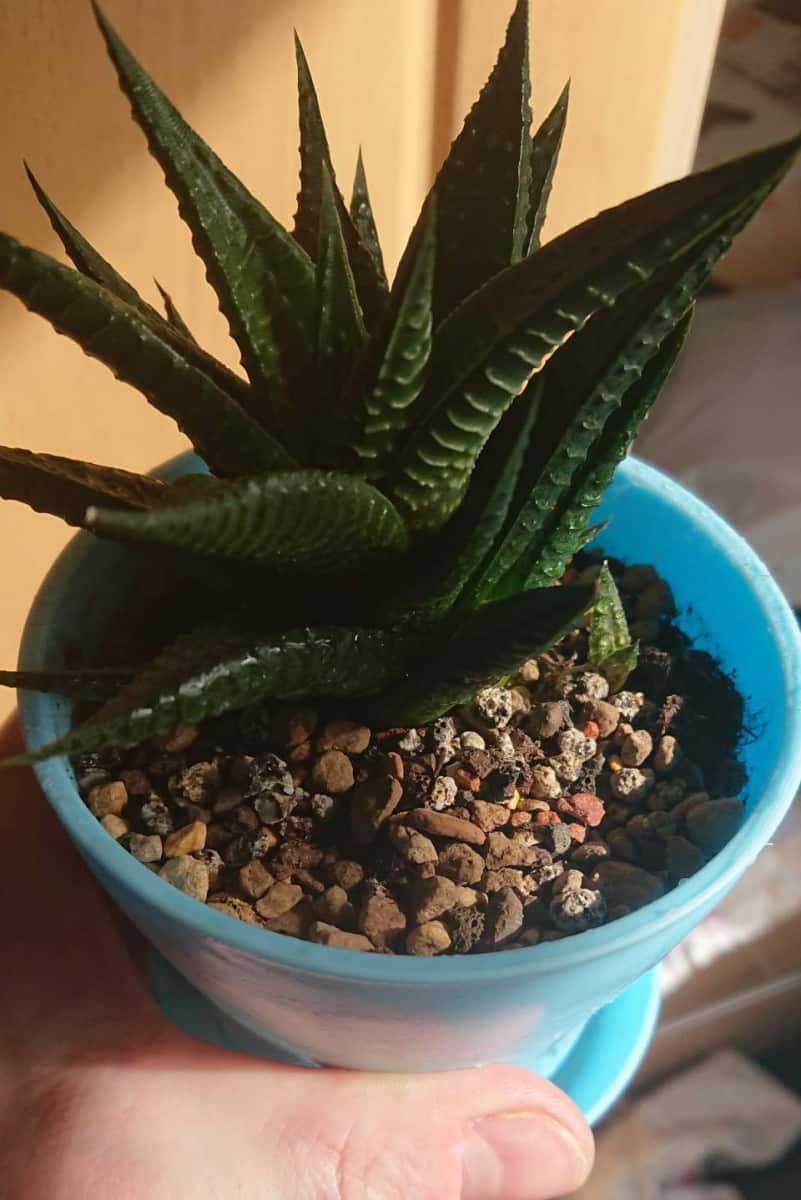How to Save a Money Tree with Yellow Leaves
Money tree root rot brought on by excessive irrigation or poor lighting is frequently the cause of yellowing foliage. Money trees require bright light and prefer the top 2 inches of the soil to dry out between waterings. The leaves of the money tree turn yellow and fall off if it receives too much shade …

